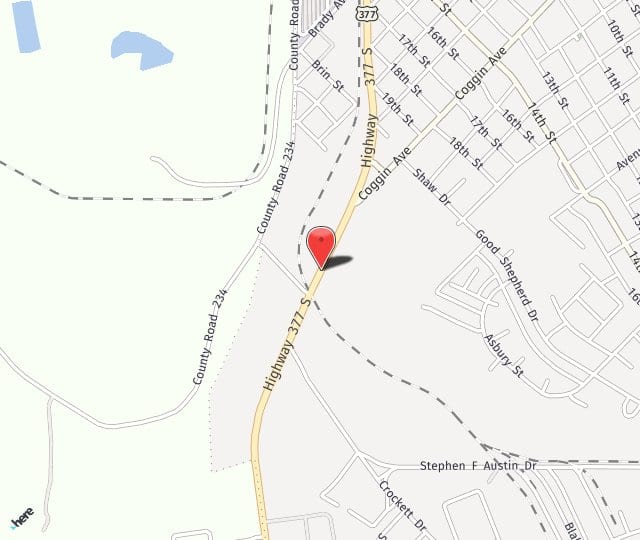Forcing Your Skin to Exfoliate
- Posted on: Jun 15 2017

At Creative Image Laser Solutions, we use various chemical peeling agents to encourage your skin to do what it does on its own, exfoliate the top layer. We just speed up the process.
Why would I need a chemical peel?
When we’re young, the epidermis (the outer layer of the skin, which is composed of mainly dead skin cells that are continually shedding) is thin and the second layer, the dermis, is thick. During this time, the skin cells turn over roughly every 28 days. This lively exfoliation keeps the skin supple and bright. As we age, the epidermis thickens, and the dermis thins. The only way to remove some of this buildup of dead skin is through chemical peels, microdermabrasion, or dermabrasion.
Also, exposure to the sun and other environmental or personal habits gives our skin age spots, uneven skin tone, vascular lesions, wrinkles, and other issues. Again, peeling off the dead surface cells helps with these problems.
What are the types of peels?
The depth of penetration and the peeling agent designates the type of peel. There are superficial, medium, and deep peels.
- Superficial peels are also called light peels. They use mild peeling agents that are derived from natural sources. For instance, glycolic acid comes from grapes, beets, and sugar cane. Lactic acid comes from sour milk.
Superficial peels deliver a light exfoliation. Afterward, your skin will be slightly pink, and it may flake lightly for a few days, but there isn’t any recovery necessary. Superficial peels can be done regularly with no ill effects.
- Medium peels penetrate more deeply, into the upper dermis layer. The peeling agent is trichloroacetic acid. Trichloroacetic acid is a relative of vinegar, which is acetic acid. When trichloroacetic acid is applied to your skin, it causes the top layers of dead cells to dry up and peel off over the next few days to one week. By removing this damaged outer layer, a new layer of undamaged skin is exposed with better texture and more even pigmentation.
Recovery is necessary with medium peels. Afterward, your skin will look as if it has a strong sunburn. This will change to a bronze tone as the pigmentation areas darken and begin to lift. Your skin will peel in sheets following a medium peel, and the revealed skin will be pink and smooth. Sun exposure needs to be curtailed because this skin is very fragile. Medium peels can be done every three months or so, but not more often than that.
- Deep peels use phenol acid as the peeling agent. Deep peels are effective in removing acne scarring and even medium wrinkles. But deep peels can be painful, and the recovery isn’t easy. Your skin crusts and becomes very tight before peeling. Patients need to keep salve on the treated areas. Deep peels can also create pigmentation problems due to their depth of peeling. Deep peels can usually only be performed once.
If you’re interested in ramping up your skin’s exfoliation, call the team at Creative Image Laser Solutions, 325-641-1927, and ask about our chemical peels.
Posted in: Chemical Peels


